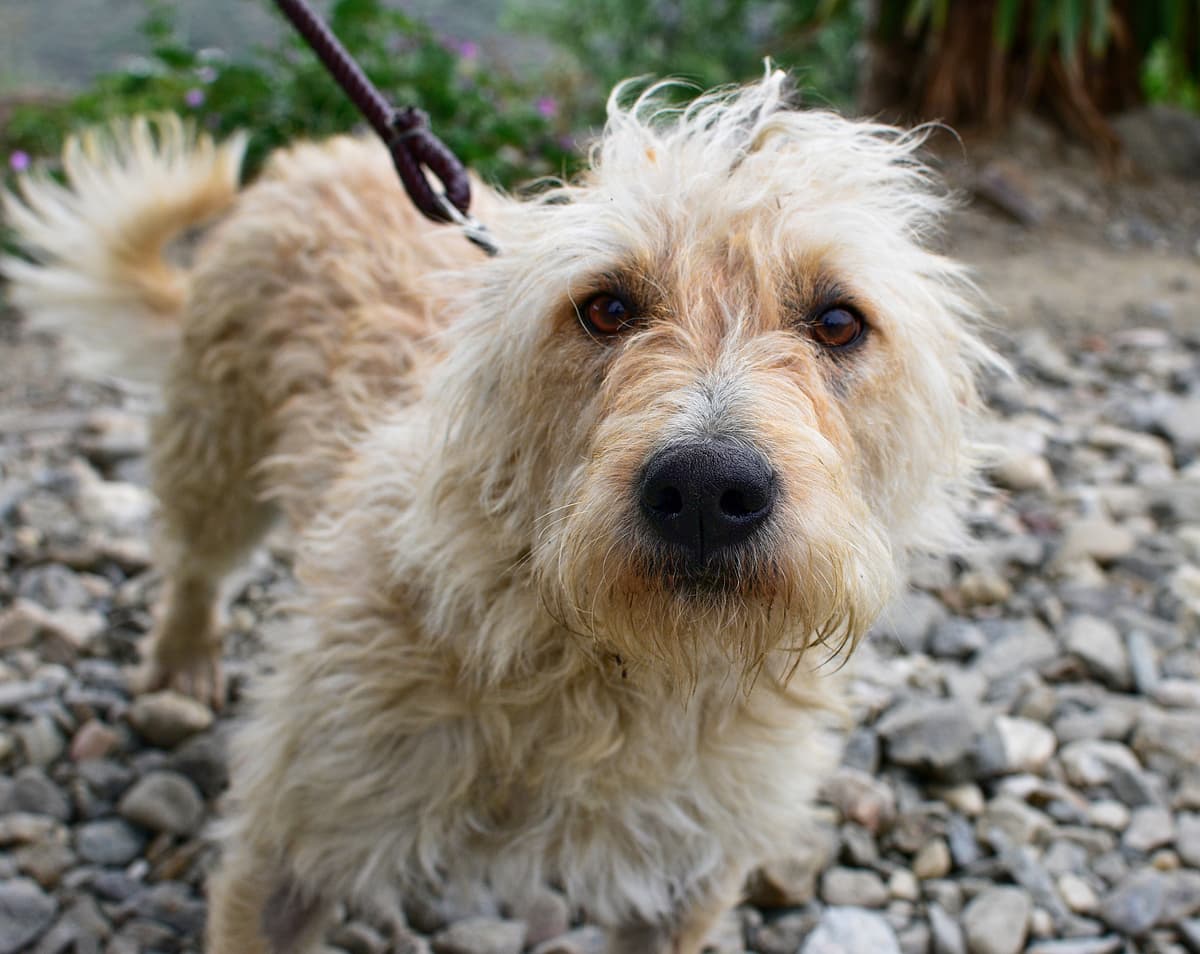Otterhound vs English Bulldog
Discover the differences between Otterhound and English Bulldog to make the best choice for your situation.
Try different breeds

Otterhound
A playful, affectionate companion with a keen nose and a love for adventure. Famous for a shaggy coat and friendly, easygoing personality.

English Bulldog
Stocky, courageous, and affectionate, this breed charms with its wrinkled face and calm nature. Loyal and gentle, it thrives as a loving family companion.
Quick comparison
Large
34–52 kg
Harsh outer coat, dense undercoat
10–13 years
29–41 kg
High energy
Medium
23–25 kg
Short, smooth
8–10 years
18–23 kg
Low activity needs
Personality & behavior
Compare the personality traits and behavioral characteristics of both breeds.
Otterhound
Outgoing with people and other dogs
Learns at a moderate, steady pace
Requires daily activity and exercise
Enjoys games and interactive play
Adjusts with some difficulty to changes
English Bulldog
Affectionate and gentle with family and children
Learns basic commands with some patience
Prefers lounging over vigorous physical activity
Enjoys play but tires fairly quickly
Adjusts well to most living environments
Care needs
Exercise, grooming, and daily care requirements
Otterhound
Hip dysplasia, epilepsy
English Bulldog
Brachycephalic syndrome, skin fold infections
Suitability
How well each breed fits different living situations and families
Otterhound
Challenging for beginners
Their independent nature and training needs may overwhelm new owners
Not apartment friendly
Large size and high energy require more space than apartments provide
Excellent fit
High stamina and love of activity suit energetic, outdoorsy households
Generally suitable
Gentle and patient but may be rambunctious around small children
Usually compatible
Sociable nature but prey drive may need management with smaller pets
Not recommended
They can develop anxiety or destructive behaviors if left alone too long
English Bulldog
Good option
Easygoing, low-maintenance nature suits owners with limited dog experience
Excellent fit
Moderate exercise needs and calm demeanor work well in small living spaces
Not ideal
Low stamina and breathing issues make them unsuited for high-activity lifestyles
Very suitable
Gentle, patient, and tolerant with young children when properly socialized
Usually compatible
Generally sociable but may need guidance with other pets, especially dogs
Not recommended
They struggle with long periods alone and are prone to separation anxiety
Breed strengths
What each breed excels at and their best qualities
Otterhound
- Friendly with children and other dogs
- Excellent scent-tracking abilities
- Adaptable to various environments
- Generally good-natured and affectionate
- Strong swimming and outdoor skills
English Bulldog
- Affectionate with family members
- Generally good with children
- Low exercise requirements
- Minimal grooming needs
- Adaptable to apartment living
Challenges & considerations
Potential challenges and considerations for each breed
Otterhound
- Prone to ear infections due to ear shape
- Requires frequent grooming and coat care
- Can be stubborn during training
- Needs high levels of daily exercise
- May bark or bay loudly and often
English Bulldog
- Prone to respiratory problems
- High risk of overheating
- Susceptible to skin infections
- Can be stubborn during training
- Tends to drool frequently
Ready to choose your perfect breed?
Learn more about each breed or compare other breeds to find the perfect match for your lifestyle.
Discover more helpful tools
Make use of our other free tools to get the most out of your pet experience
